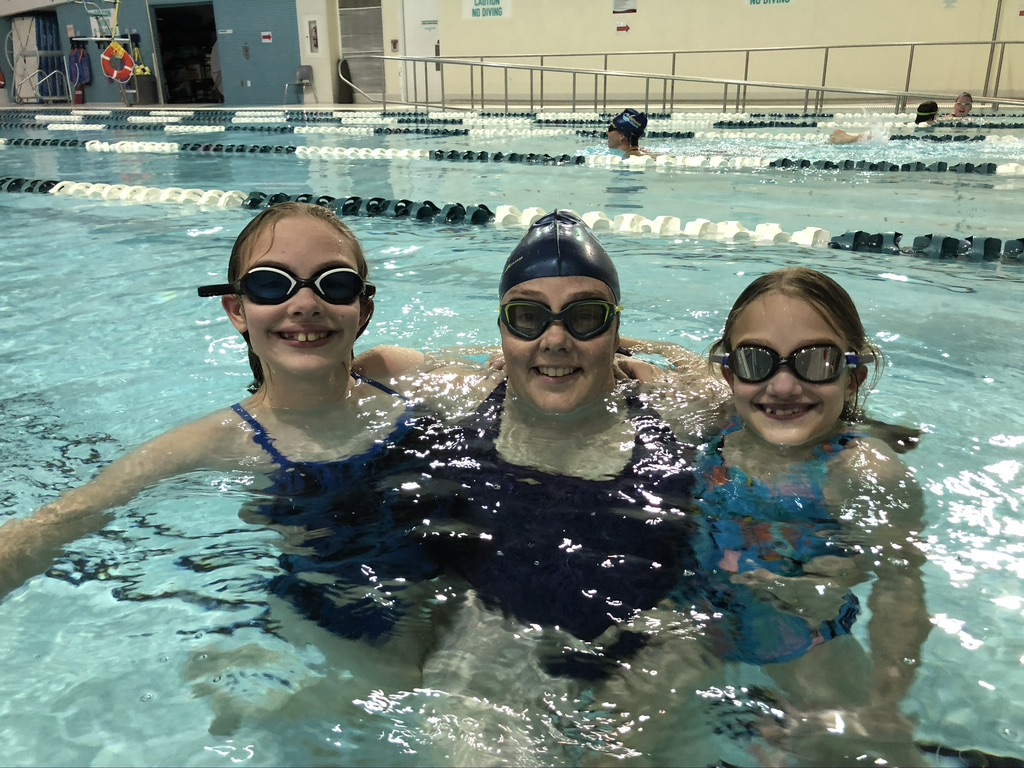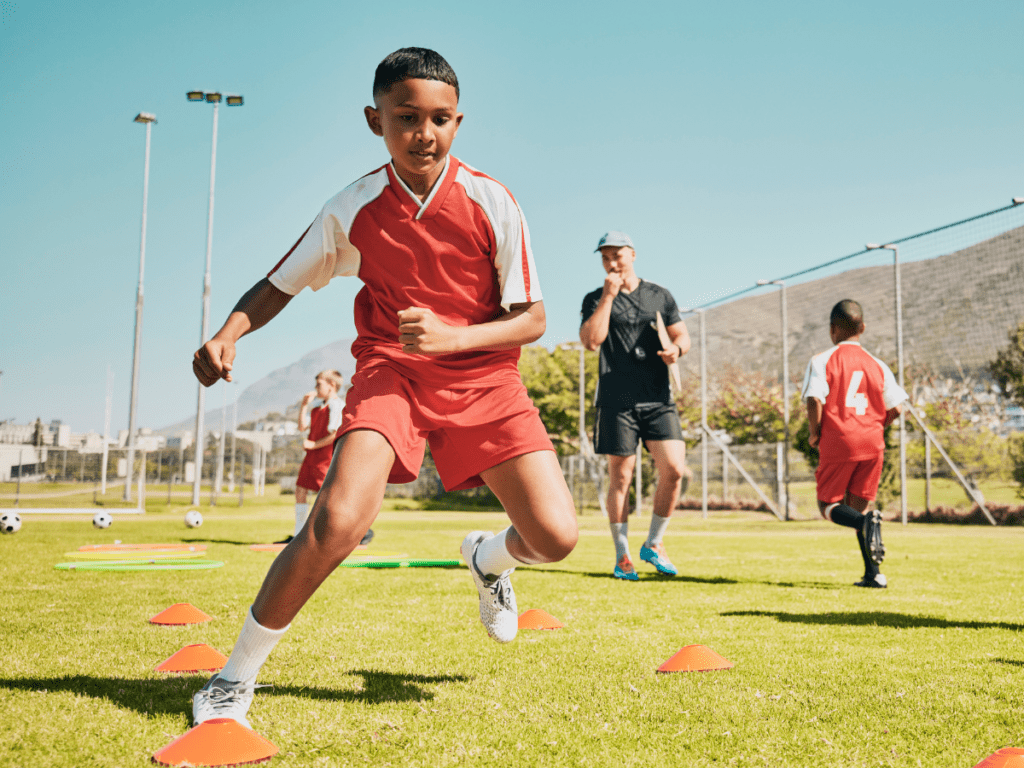Benefits of extracurricular activity
Research from UBC finds teens, especially girls, report better mental health when they spend more time in extracurricular activities, like sports and art, and less time in front of screens. Less than two hours per day of recreational screen time (e.g. browsing the internet, playing video games, and using social media) was associated with higher…
National Indigenous Peoples Day 2021
June 21st is National Indigenous Peoples Day. Strategies to reduce barriers to physical activity and build capacity in the Canadian sport system are just one part of the Truth and Reconciliation Commission of Canada’s Calls to Action. Common barriers to physical activity in rural, remote, and Indigenous communities include limited access to recreational facilities, wildlife and…
Swim Together: A new model of co-participation for women and girls in sport

“… as a mom, it’s really easy to tell your kids what you expect. But to show them what you expect is harder. And so I think the benefit of Swim Together is feeling good about what I’m modeling for my kids.” – mom participant in the Swim Together program Parents and guardians are frequently left on the “sidelines” watching their children participate in…
Pre-schoolers’ fitness
Exercise can help children excel in the classroom. Preschoolers (4-6 years old) with higher levels of cardiorespiratory health showed improved performance on cognitive tests and other measures of brain function.
Parents’ Physical Activity
Parents’ physical activity is directly associated with the physical activity of their children. Research has shown that for every 20-minute increase in moderate-to-vigorous physical activity (MVPA) performed by a parent, their child’s MVPA increased by five to ten minutes.
Teamwork
Anyone who spends time in the world of sports knows the value of teamwork—but we don’t often think about how different sports might work together towards a common goal. The Nordic Strategy is a joint initiative designed to explore how working together can help all four Canadian Nordic sports—Biathlon, Nordic Skiing, Nordic Combined, and Ski…
Supporting adaptive Snowsports Leisure Opportunities for People with disabilities (SSLOPE)

Introduction and context Participating in leisure-time physical activities (LTPA) contributes to the well-being of people with disabilities. Unfortunately, they are typically less engaged in LTPA compared to the general population. Especially during winter due to environmental barriers and limited programs. Participation in adaptive snowsports, such as skiing/snowboarding, represents a way for people with disabilities to…
Recruiting rural participants
Recruiting participants for a sport or recreation program in a rural area? Focus on interpersonal communication strategies such as visits to local schools, housing communities, churches and other community agencies. Alternatively, reach out to past participants to help spread the word.
Soccer and Christianity in greater Vancouver: Bodies, relations, and formations in Canadian settler-colonialism

Introduction and context The focus of the research is the relationship between sport and Christianity (evangelical and Pentecostal) in Greater Vancouver. In a world of increasingly individualism, and disintegrating mass institutions (mass political parties, civil services organisations, mainline Protestant churches) the intention of the research was to understand how increasingly global social mass movements, soccer…
Mom’s Got Game
When moms are active, everyone wins. Research has shown that school-aged girls (6-18 years) with a mother involved in sport were three times more likely to play sports themselves. Learn more about SIRC’s #MomsGotGame campaign and how you can participate.